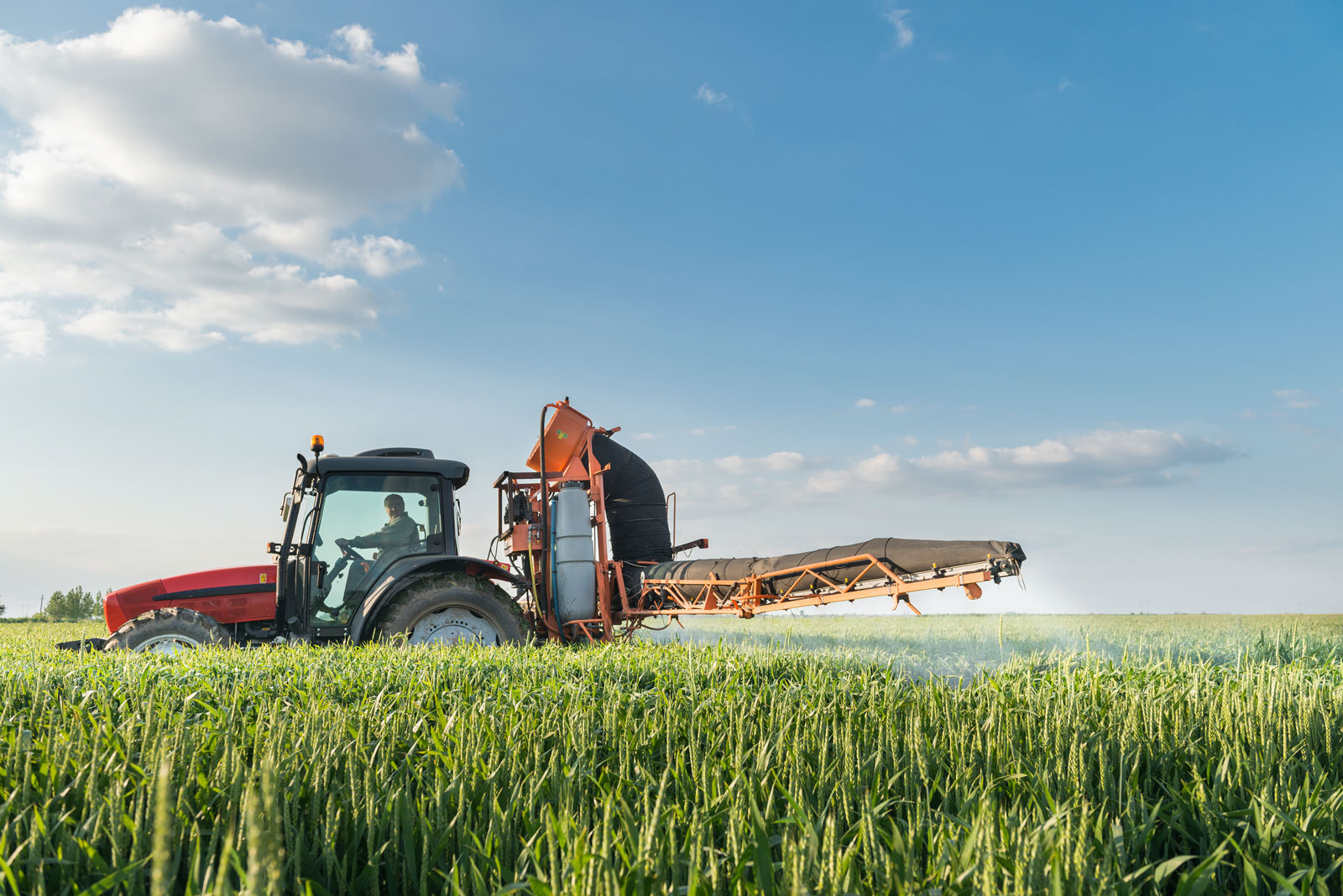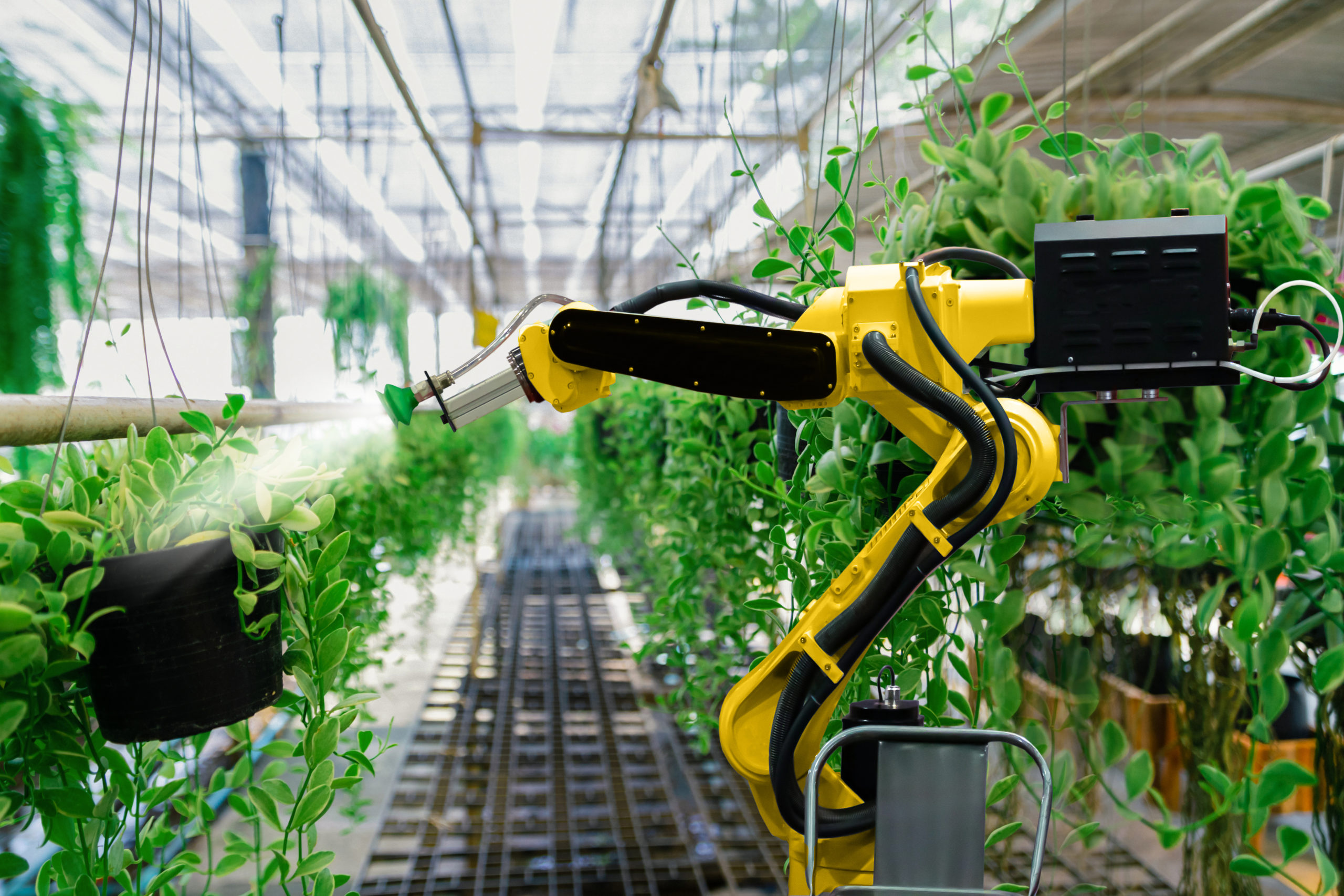
Vertical farming has been one of the most significant and exciting emerging branches of agriculture of the past decade. By combining efficient land use, fully automated planting, cultivation, and harvesting, and an indoor environment free of pesticides, it opens new possibilities for the next generation of farming.
We have designed advanced robotics to transplant seedlings into farming towers, conveyor systems to move cultivator towers through the growth stages, and machines that harvest produce once it has reached maturity. We can even automate the cleaning and repacking of towers for future use.
Hydroponics
Hydroponic gardening is a method of growing crops directly in water, without the use of soil. Like vertical farming, this method is more space efficient than traditional farming, requires less labor, and results in higher crop yields as plants are raised in a climate-controlled environment.
Automation can be used in hydroponic gardening to monitor growing conditions and crop readiness. Hydroponic systems may require automated watering cycles, fertilizer dispensing, or temperature and light adjustments. Visioning systems can also aid farmers by detecting when crops are ready to harvest.

Cannabis
As one of the most significant boom crops of the past decade, cannabis farmers are eager to scale their growing capacity while also maintaining quality control over a high-value product. Cannabis is also well-suited to vertical farming applications, which can allow producers to cultivate strains year round and avoid using excessive pesticides in the process.
Harvested cannabis plants must be left to cure for several weeks before the cannabis flowers can be stripped and cannabinoids extracted. From there, the CBD is then combined with carrier oils before undergoing lab testing and processing. At each of these stages, automation can provide valuable labor-saving solutions that will preserve the quality of the resulting product while also shortening the time to market.
AG Automation
Farming automation isn’t limited to indoor, climate-controlled uses. Robots, drones, and other automated equipment can also be used in the field, to accomplish a range of tasks including planting, irrigation, pest control, and harvesting.
After harvesting, automation can be used to store, process, package, and transport crops. For fresh crops, these methods shorten the time it takes for produce to reach the market, resulting in higher-quality fruits and vegetables on store shelves. For crops that require more processing, automation can ensure they reach processing facilities in peak condition.
6 USE CASES OF FACTORY AUTOMATION IN VERTICAL FARMING

Vertical Farming Featured on the TODAY SHOW
VERTICAL FARMING
Check out Eagle’s social media video post on the subject.

